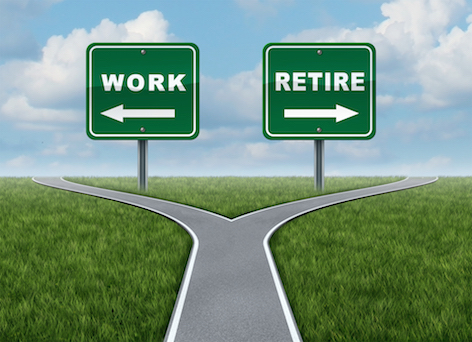Could flexible retirement options change working patterns?
- With retirement funds being more flexible, what does this mean for working patterns of those nearing retirement?
- And if they choose to work for longer but more flexibly, how can this benefit employers?
- Deferring drawing on state pension and workplace pensions could provide a larger income.
- YouGov research shows people expect to be working beyond their retirement age, how they'll consider approaching retirement.
- Highlight the differences of leaving a pension invested can make.
These changes are great for employees, but more than a quarter of employers (26%) have not yet considered how to adapt to an older workforce according to a report by Scottish Widows think tank the Centre for the Modern Family.

Increased flexible working
According to the report almost half of those intending to work beyond retirement plan to shift to a part-time role, however employers are being left in the dark on these plans with just 12% of workers over the age of 55 discussing retirement with their employer.
The report suggests older workers are uncertain about their position and value in businesses with less than one in five (18%) workers over 50 thinking they’ll be supported if they wanted to reduce their hours.
Older workers bring a wealth of experience to businesses so employers should be thinking how they support the changing needs of their employees. That might be through more flexible working but also making it easier for workers to talk about their plans for retirement.
This article was supplied by Scottish Widows.






